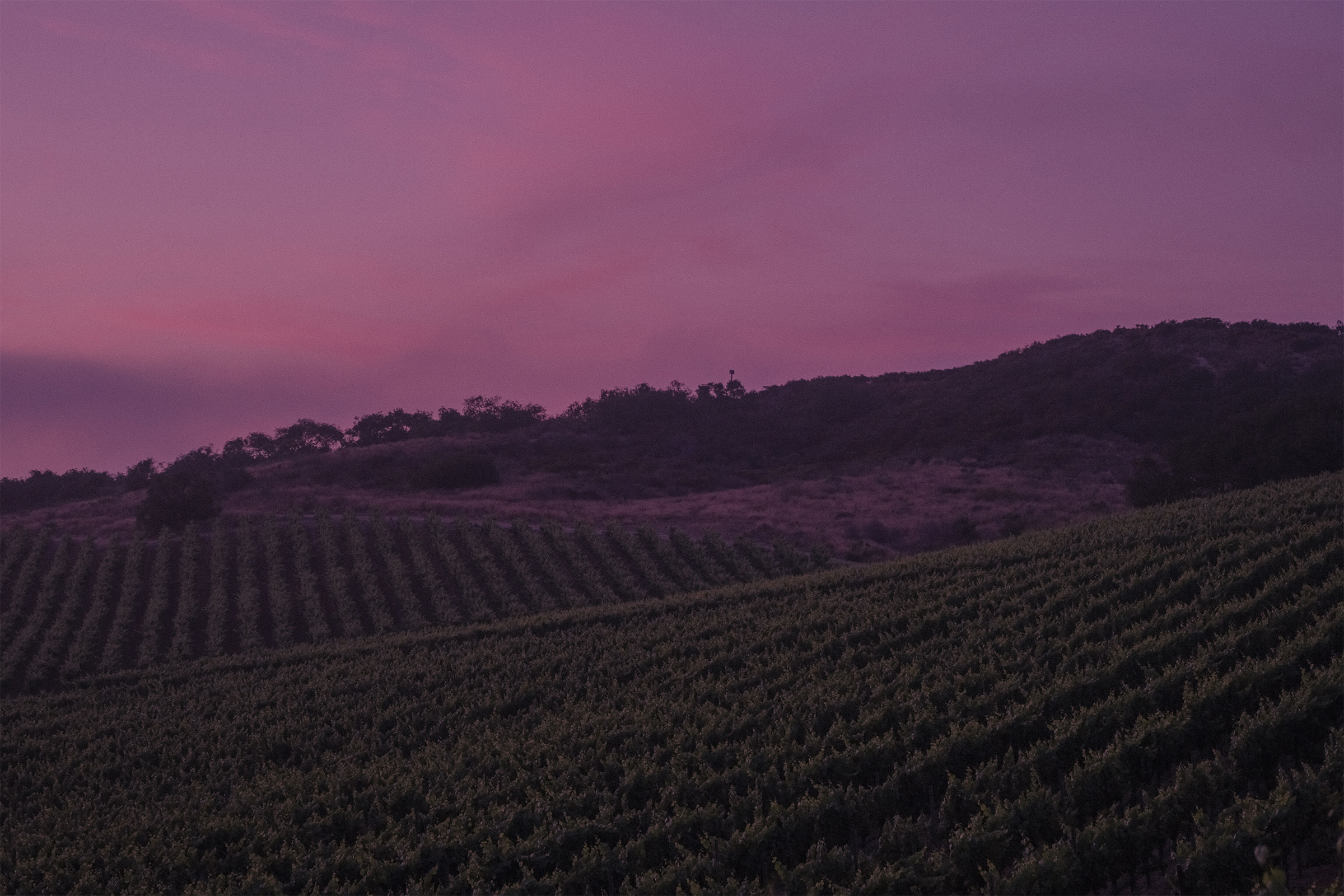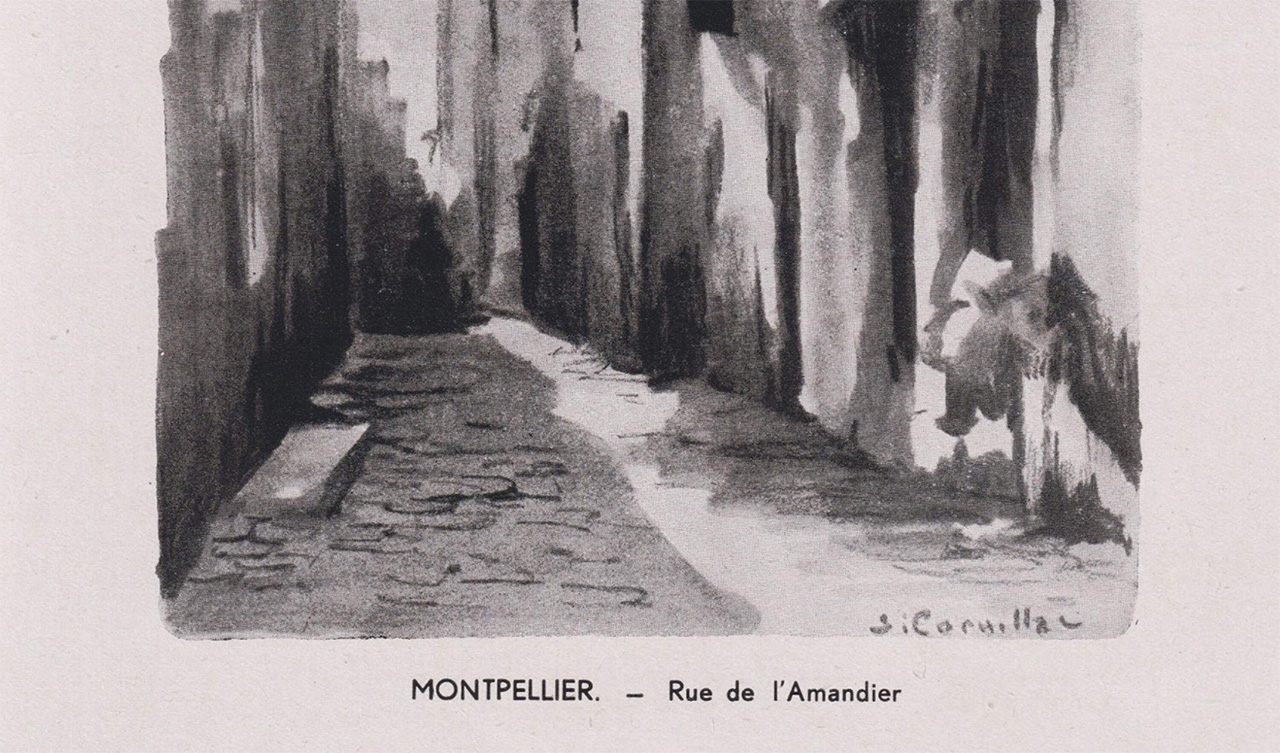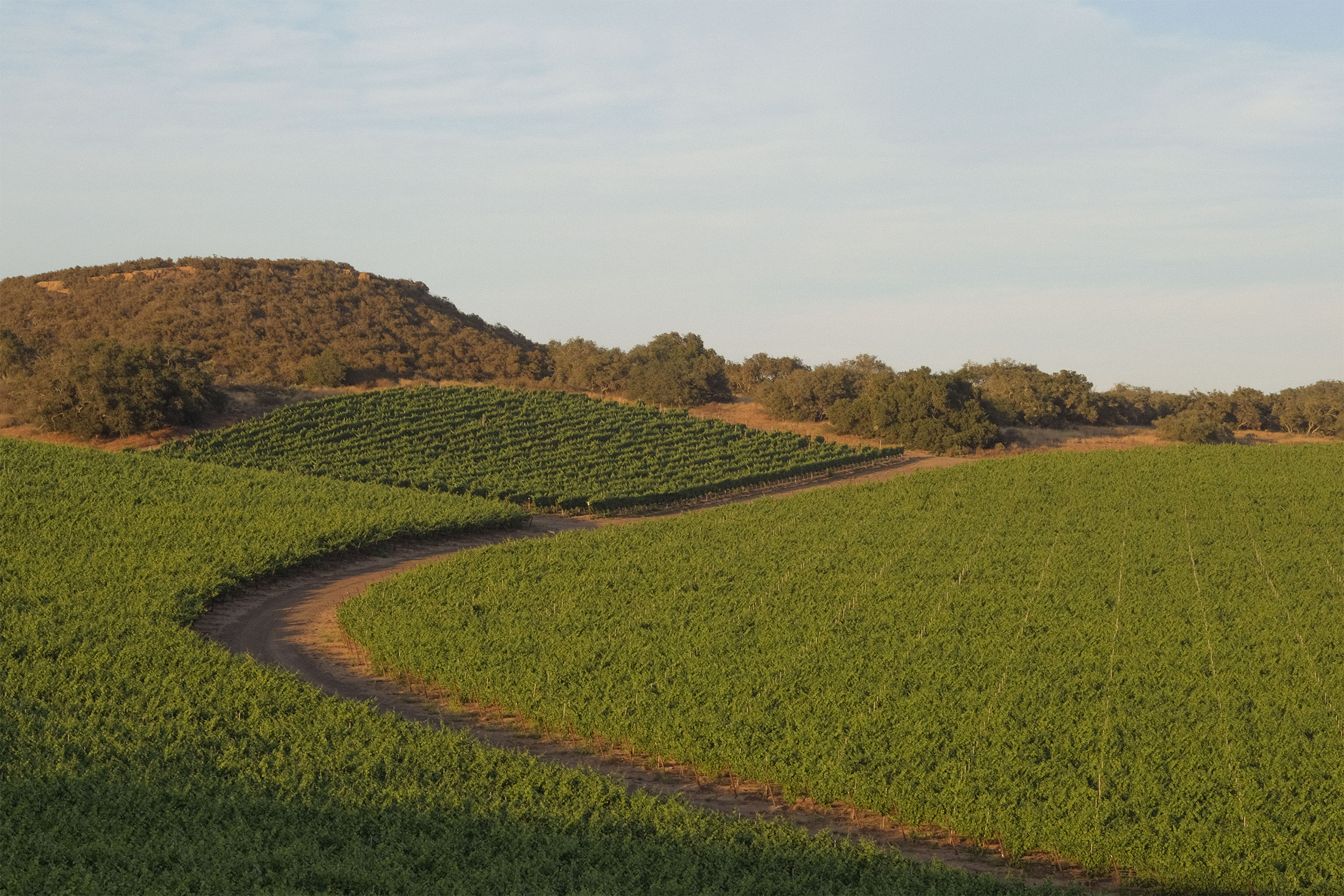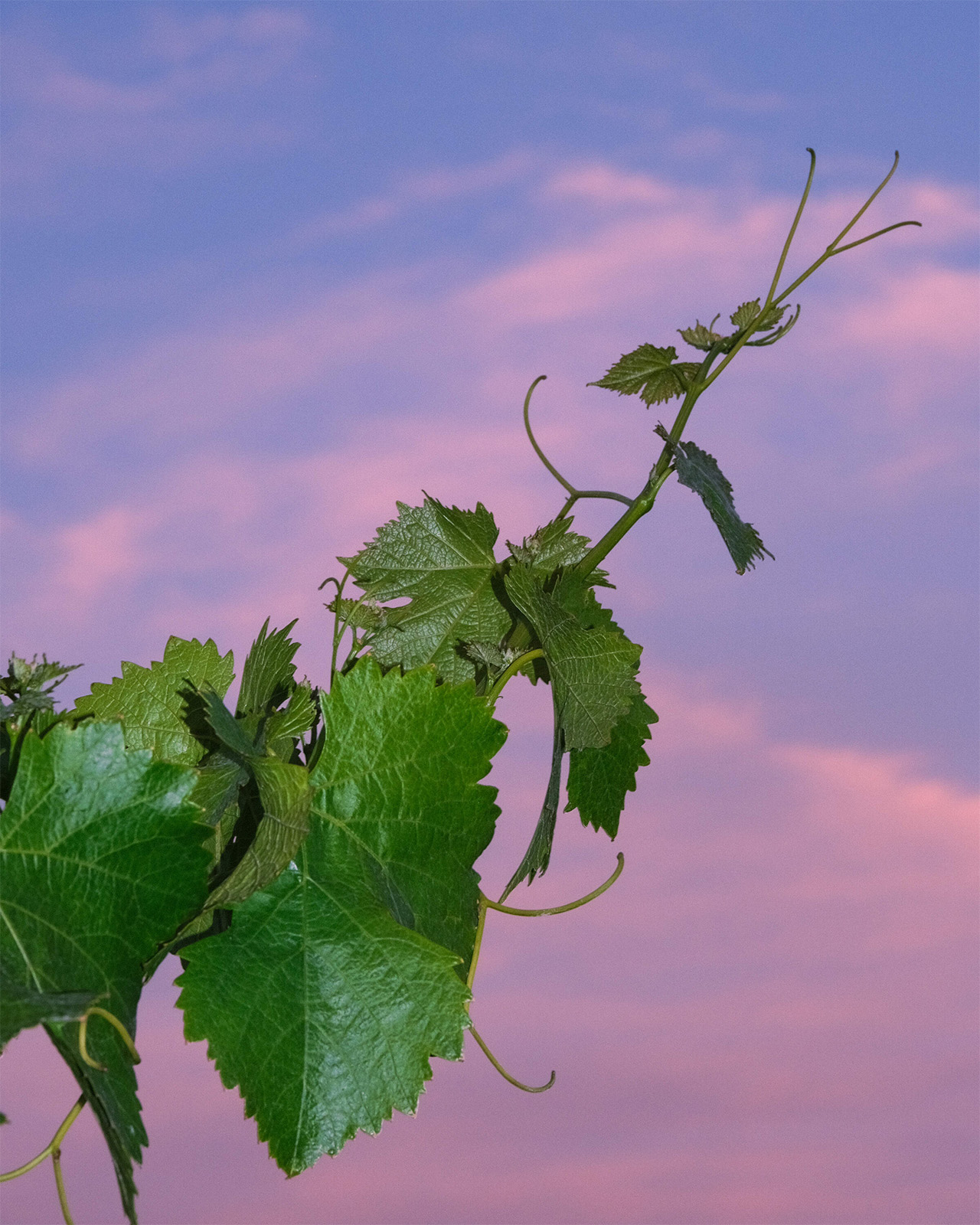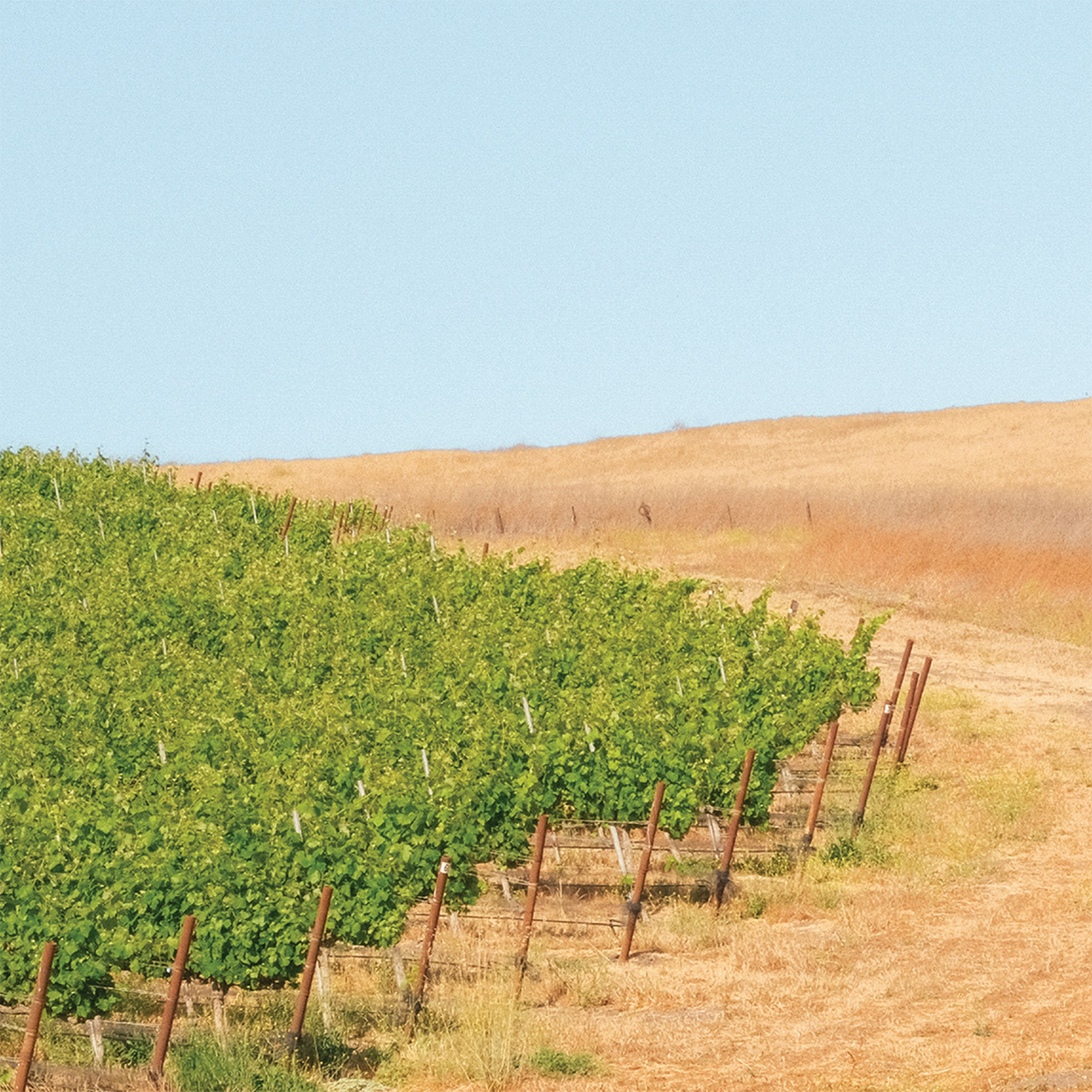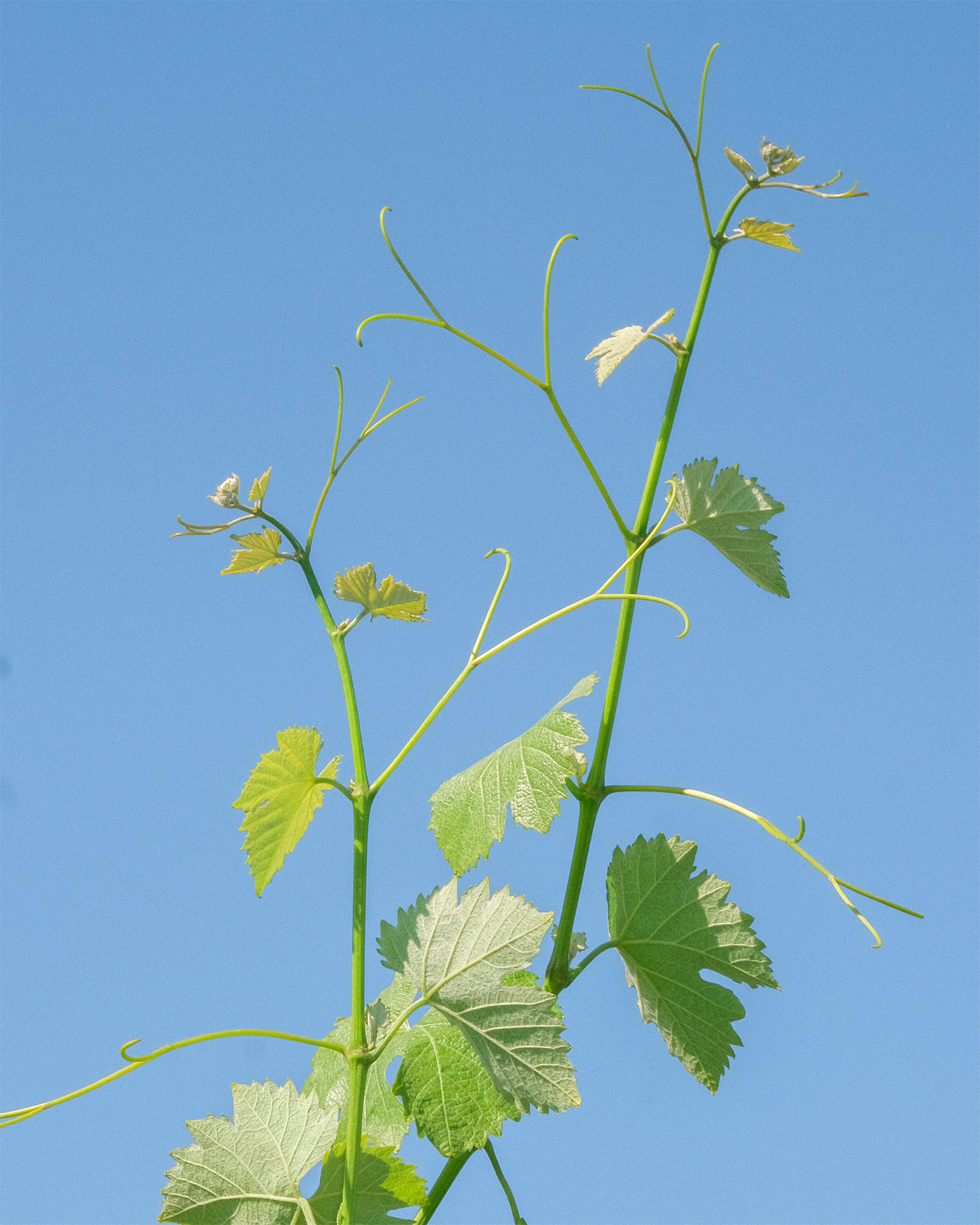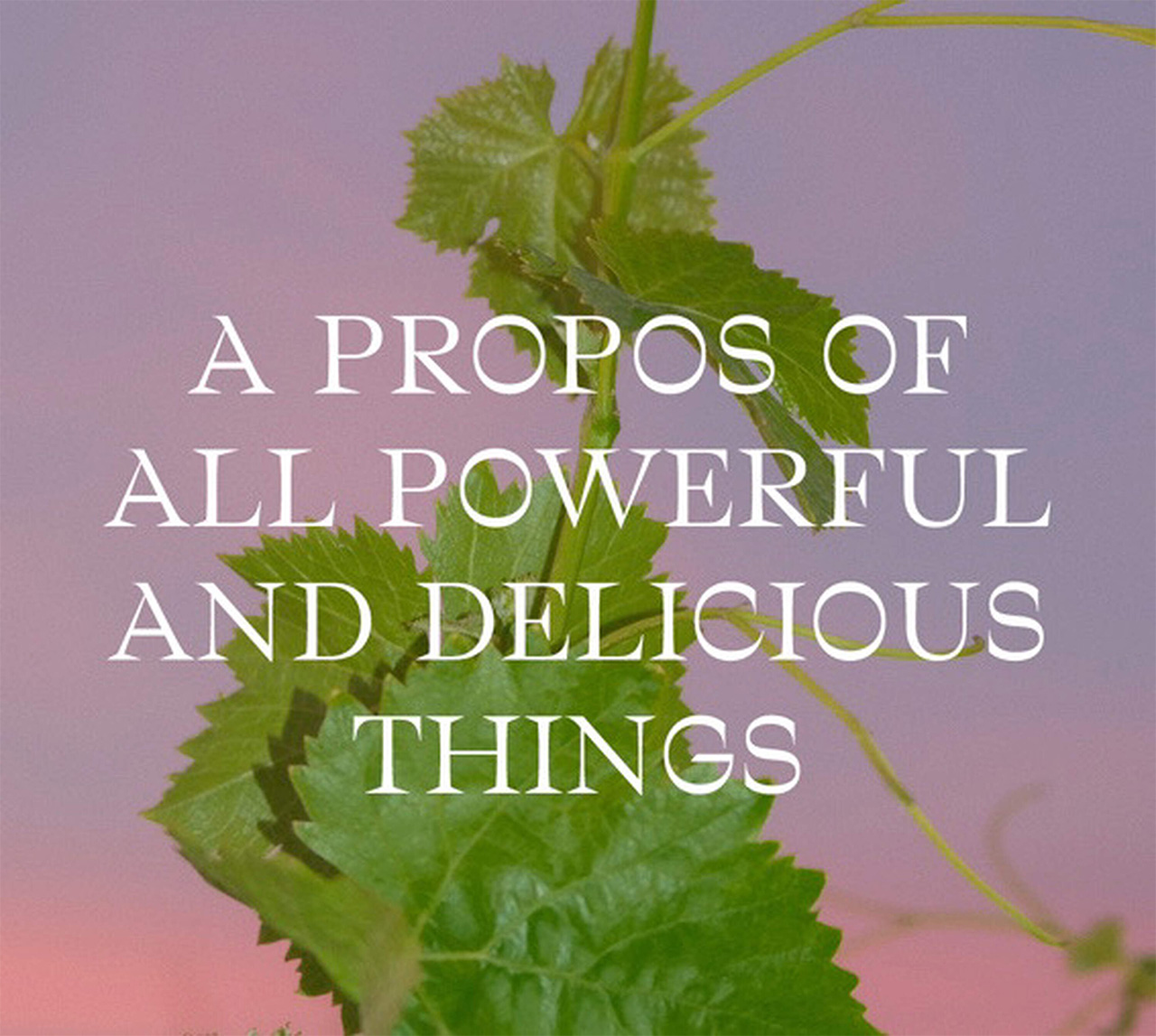The leading proponent of the grape in France is the domaine, Clos Cibonne, which features Tibouren in virtually all of its cuvées; they are so head-over-heels about the variety, they were able to successfully lobby for the word, Tibouren to be included prominently on the front label along with the Côtes de Provence appellation.
Cinsault might well qualify as the Rodney Dangerfield of grape varieties. Large clustered, pale in color and poor in tannin, it is sometimes unfairly dismissed as not “serious.” (It is in fact also grown as a table grape in Southern France and North Africa.) But Cinsault, especially grown in cooler climes, expresses a haunting perfume of griotte cherries, and imparts a delicate topnote to any wine in which it is deployed.
Tibouren, at least in Provence, exhibits the vexatious characteristic of rather uneven ripening, in part a function of its unreliable fruit set, making what would otherwise be a dream variety slightly nightmarish. There actually seems to be a reason that the grape has not been universally adopted by every vigneron of southern France.)
‘Let’s start with: Grenache, Mourvèdre, Pinot d’Aunis, Mondeuse Blanche, Duras, Schioppettino, Teroldego, Gamay, Corvina, and Grüner Veltliner
One very startling hypothesis is that the plant’s elaboration of rotundone may well be a response to perceived fungal disease pressure, which of course is associated with cooler, wetter sites. I imagine I have observed this phenomenon myself years ago with the variety, Grenache, in Monterey County, where I noted truly heroic levels of pepperiness in a certain vineyard, but there is little mention of this effect in the grape literature. It is Olivier Geffroy, an aroma researcher in Toulouse (whose license plate reads ROTUNDONE, who has proposed this hypothesis.


